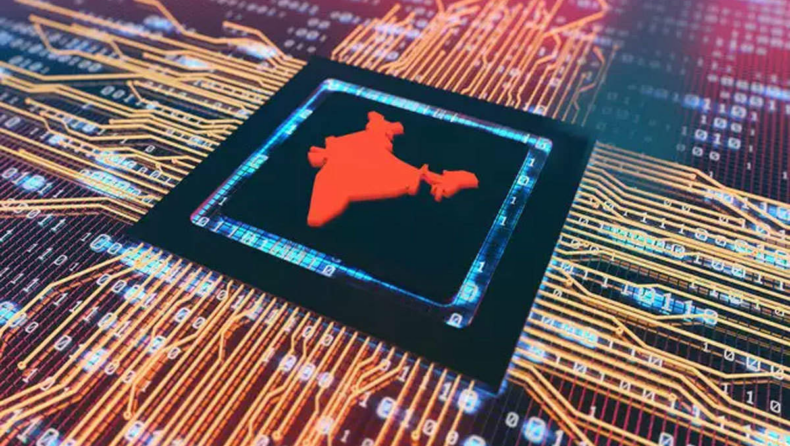The Union Budget 2022-23 plans to boost the country’s digital infrastructure and enable a cashless economy. The digital version of the Indian rupee will be launched in the 2022-23 financial year, which will start on April 1. And additional announcement of government that it will set up an Animation, Visual Effects, Gaming and Comics (AVGC) promotion task strength to give a push to the gaming and animation industry. And the budget also confirms a promise for Electric Vehicle brands, digital payment apps, MSMEs, and start-ups. Overall, the announcements and budget plans are the government’s steps towards boosting the digital ecosystem and economy also.
Digital economy-focused Budget
Simultaneously, India plans to impose a rigid tax on other cryptocurrencies and virtual digital asset income. To make the roll-out of 5G mobile services in India easy, which will drive to voice, Virtual Reality, Augmented Reality and ease the way for the Metaverse and support Web3. The Digital Rupee using blockchain will help Indians accept the virtual currency and accelerate cryptocurrency exchange in India.
In the announcement, India’s finance minister Nirmala Sitharaman suggested that the virtual rupee would provide a “big boost” to India’s digital economy and lead to a “more efficient and cheaper currency management system.”
HUL step to take the digital leap
According to Sanjiv Mehta, CMD, Hindustan Unilever Limited(HUL), “Leveraging digital channels and using latest technology trend to support and strengthen the most important sector of Indian economy like agriculture, healthcare and education which are the foundational pillars driving India towards its USD 5 trillion ambition is indeed welcome,” Although adoption of technology and digital expansion were there even before the COVID 19, the growth at which they have become essential to our very existence is extraordinary.
Digital payment trend of India
The worth of digital payments in India will grow to $1 trillion by 2026. The country records more than 25.5 billion real-time payments, the highest globally and 60% higher than China. Approximately one billion cards and over two billion prepaid payment instruments (PPI) like internet wallets, mobile accounts, mobile wallets, and digital payment modes have launched India into one of the fastest-growing and largest markets globally for digital payments.

Overview rise of India in digital payment
As stated by RBI, the number of point-of-sale (POS) devices in India has increased from 4.6 MN to 5.5 MN in the past year. Each is a building block in the infrastructure needed to make digital payments possible. Software development is the backbone of Web3, and in software development, India has the best potential. According to a US-India Strategic Partnership Forum (USISPF) report, Web3 will contribute USD 1.1 trillion to India’s GDP, boosting the digital Indian economy’s value from USD 5 billion in 2021 to USD 262 billion in 2031. Thus India can become a tech superpower with the power of Web3 technology.
Electric Vehicle Revolution in India
India is ready for an Electric Vehicle Revolution to manufacture environment-friendly vehicles. The national and state governments have adopted several encouraging policies like the deployment of e-buses and charging stations. Overall sale ratio indicates that India has a robust market of two-wheeler and three-wheeler segments.
Edited by- Subbuthai Padma
Published by- Radhika. N












